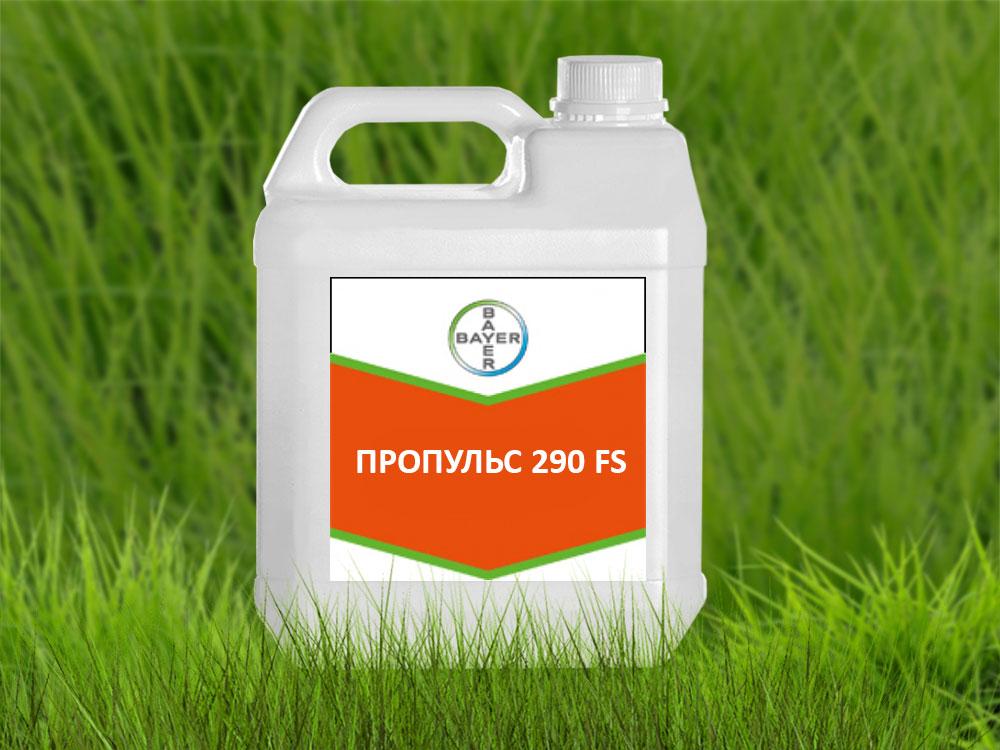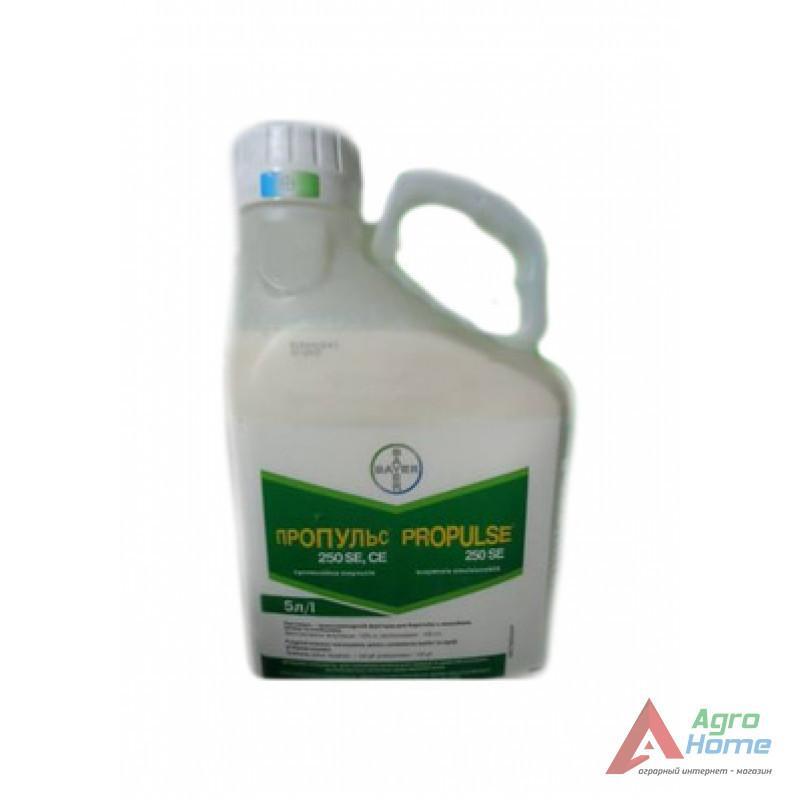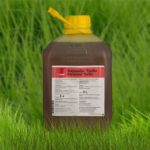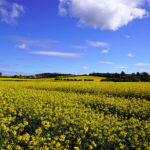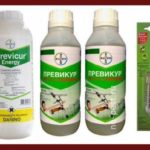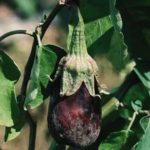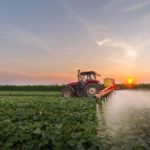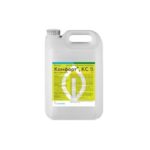Industrial, grain, and fodder crops occupy an important place in agricultural production. The well-being of workers in this field of activity and the people as a whole depends on their high harvest. Fungicides like Propuls destroy widespread pathogens of cultivated plants. Their use provides a great economic effect and inhibits the uncontrolled proliferation of pathogens in natural conditions.
Preparative form and active ingredients
The Propulse fungicide contains 2 active ingredients: fluopyram (125 mg/l) and prothioconazole (125 mg/l). This is a suspension emulsion, sold in 5 liter canisters.
How the product works
Fluopyram penetrates the tissues of a harmful microorganism and disrupts its energy metabolism. Mycelium growth and spore maturation slow down and stop.
Scope of application of the fungicide
"Propulse" is used to combat diseases of field crops caused by fungi and bacteria. The fungicide can be sprayed by aircraft. "Propulse" protects plants from the diseases indicated in the table:
| Culture | Problem | Symptoms |
| Corn | Blister smut | Whitish swellings form on aerial roots, stems, leaves, and panicles. They reach 15 cm. At the end they turn black and dusty. |
| Helminthospora spot | Light spots appear on the lower leaves, increasing in size (more than 25 cm). The stripes merge, covering the entire sheet, causing it to dry out. The infection is moving upward. A dark brown thick coating forms at the base of the cobs and between the rows of grains. | |
| Fusarium | At the end of milky ripeness, a pale pink coating appears on the cobs. The grains become dirty brown and crumble easily. The other kernels on the cob appear healthy. | |
| Sunflower | White rot | The crops either die before reaching the surface, or the cotyledon leaves lose color and wither. The area of the stem near the ground becomes light brown, rots, and the outbreak grows. The stem is brittle. A dense white coating forms around the rot. The roots soften and rot. Rotting brown spots appear from the back of the basket, moving to the side with seeds. The seeds are covered with mycelium.The layer that holds them in place may fall off. |
| Alternaria blight | A brown oval spot forms on the back of the basket. Fungal spores appear. The leaves of the inflorescence and the inside of the basket are affected. The leaves are covered with dark brown or brown spots with sharp edges. The baskets are small and thin, the stems break. | |
| Gray rot | At the base of the stem, streaking and darkening with a gray coating appears. A dark spot of softened fabric is visible on the back of the basket. | |
| Septoria | Yellow, brownish spots rise upward from the cotyledons. The spots are limited by veins and a light border. They dry out and fall out. | |
| Fomoz | Dark brown dry areas on the leaves capture the petiole, around which girdle necrosis forms on the stem. The basket turns brown, softens, but does not rot. | |
| Rape | Alternaria blight | Oblong brown spots on stems and pods. The seeds are dull and underdeveloped. The spots on the leaves are spreading. The leaf rolls up into a tube and dries out. The middle plate of the pods falls out. |
| Sclerotinia | At first, dark green spots appear. They are growing. Foci of the disease are covered with white cotton wool of mycelium. The stems break. The plant dries out. | |
| Soybeans | Ascochyta blight | The leaves have rounded light spots with a contrasting brown edging. Their growth is limited by large veins. The spots fall out, leaving a border. Black dots appear in the spots on the front side of the leaf, forming concentric circles. The pods are rotten, without seeds. The surface tissues of the stems are split into strips. |
| Anthracnose | Brown dents are visible on the cotyledons. There are dark brown spots or stripes on the lower part of the stem. Initially small spots with a dark brown border on the beans grow and merge. The pod valves are destroyed.Black spore bristles are visible everywhere. The seeds are covered with a dense gray coating. |
Consumption rate of the drug "Propuls"
Spraying the Propulse fungicide requires 200-400 l/ha of working fluid. Its quantity depends on the developmental phase of the plant being treated. The content of the Propulse fungicide in the working solution is 0.8-1 kg/ha.
The therapeutic effect is observed already at a dosage of 0.6 kg/ha, but at the recommended rates the effect of the drug on individual pathogens increases significantly.
Instructions for use
The emulsion requires thorough stirring so that both drugs reach each plant, complementing and enhancing the positive effect of the second component. The working fluid is prepared as follows:
- Half the calculated amount of water is poured into the tank.
- The hydraulic mixer turns on.
- The required amount of Propulse fungicide is poured in.
- Stirring lasts 10 minutes.
- Water is added to obtain the required concentration.
- The ingredients are mixed for 10 minutes.
Spraying is carried out with the hydraulic mixer running. Crops are treated at the first signs of disease. Sunflower and rapeseed are sprayed during the period of full flowering (recommendation from the manufacturer). The maximum number of Propulse applications is 2 times.
Safety precautions when working with fungicide
"Propulse" poses a danger to humans. It can cause skin irritation and increase sensitivity. The drug is also harmful if it comes into contact with the eyes and respiratory tract. Therefore, when preparing to work with the Propuls fungicide, you must:
- Cover the skin with clothing and shoes as much as possible.
- Wear safety glasses with side flaps.
- Protect your respiratory organs with a filter product.
- Wear chemical gloves on your hands.
After completing the work, all used dishes and spilled stains of the drug are washed off with detergent. Clothes are kept or washed separately from other items.
How to store it correctly?
The shelf life of the fungicide “Propulse” is 3 years. It is stored in a ventilated, dark room, inaccessible to unauthorized people. Do not pour into another container unless necessary. The lid is always tightly closed. Store Propulse fungicide at temperatures from -5 °C to +40 °C.
What analogues are there?
Other fungicidal preparations are also worthy of attention:
| Means | Culture | Disease | Application rate, l/ha |
| "Kolosal Pro" | Soybeans | Ascochyta blight, anthracnose | 0,4-0,6 |
| Sunflower | Phomopsis, Alternaria, Phomosis, white and gray rot | ||
| Rape | Alternaria blight, powdery mildew, fomoz | 0,5-0,6 | |
| "Amistar Extra" | Sunflower | Fomoz, septoria | 0,8-1 |
| Corn | Root and stem rots | 0,5-1 | |
| Rape | Alternaria, sclerotinia, phomosis | 0,75-1 | |
| "Acanto Plus" | Soybeans | Gray and white rot, Alternaria, Fusarium | 0,5-0,75 |
| Sunflower | Rots, Phomopsis, Phomosis, Alternaria, Septoria | 0,5-1 | |
| Rape | Alternaria, rot | 0,5-1 | |
| Corn | Helminthosporiosis | 0,75-1 |
Dosages are given for preparing the working mixture at a rate of 200-400 l/ha.

